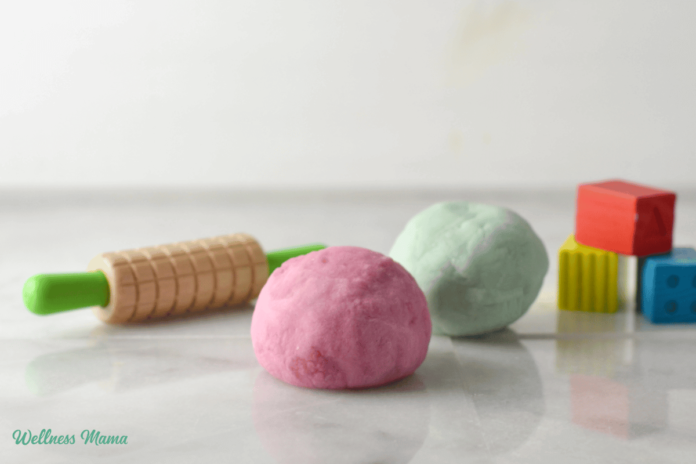In a world where concerns about food allergies and sensitivities are on the rise, having a gluten-free homemade playdough recipe on hand can be a wonderful way to provide hours of creative fun for children. Not only is homemade playdough a great alternative to store-bought versions, but it also allows you to control the ingredients and ensure a safe and enjoyable play experience.
The beauty of gluten-free playdough is that it can be enjoyed by kids with celiac disease, gluten intolerance, or those who simply prefer a healthier option. It’s also a great project for parents and caregivers who want to engage in hands-on activities with their little ones while avoiding potential allergens.
Ingredients You’ll Need
To make gluten-free homemade playdough, you’ll need the following ingredients:
- 1 cup of gluten-free all-purpose flour (such as rice flour, tapioca flour, or a combination).
- 1/2 cup of salt.
- 1 tablespoon of cream of tartar.
- 1 cup of water.
- 1 tablespoon of vegetable oil.
- Food coloring or natural dyes (optional).
Step-by-Step Instructions
- In a medium-sized saucepan, combine the gluten-free flour, salt, and cream of tartar. Stir well to mix the dry ingredients.
- Add the water and vegetable oil to the saucepan. Stir continuously over medium heat until the mixture begins to thicken and form a dough-like consistency.
- Remove the saucepan from the heat and let the playdough cool for a few minutes. Once it’s cool enough to handle, knead the playdough on a clean surface for a few minutes until it becomes smooth and pliable.
- If you want to add color to your playdough, you can divide it into smaller portions and add a few drops of food coloring or natural dyes. Knead the color into the playdough until it is evenly distributed.
Benefits of Homemade Gluten-Free Playdough
There are several benefits to making your own gluten-free playdough. First and foremost, it allows you to avoid the potential allergens found in store-bought playdough. You can also customize the recipe by adding different scents or textures, such as essential oils or glitter.
Homemade playdough is also a great way to encourage creativity and imaginative play. Kids can use it to make shapes, build structures, and create their own little worlds. It can also help develop fine motor skills and hand-eye coordination as they mold and manipulate the dough.
Storage and Longevity
To keep your homemade gluten-free playdough fresh and usable for longer periods, store it in an airtight container. You can also add a slice of bread or a damp paper towel to the container to help prevent the playdough from drying out.
If your playdough does start to dry out, you can revive it by adding a few drops of water and kneading it again. With proper storage, your homemade playdough can last for several weeks or even months.
Safety Precautions
While homemade playdough is generally safe, it’s important to supervise young children when they are playing with it. Make sure they don’t put the playdough in their mouths or ingest it. Also, be cautious if using food coloring or natural dyes, as some may stain clothing or surfaces.
In conclusion, making gluten-free homemade playdough is a fun and easy project that can provide hours of entertainment for kids. With a few simple ingredients and a little bit of creativity, you can create a safe and enjoyable play experience that everyone can enjoy. So gather your ingredients and get ready to have some fun with this deliciously squishy and colorful playdough.
Have you ever made homemade gluten-free playdough? Share your experiences and tips in the comments below.

